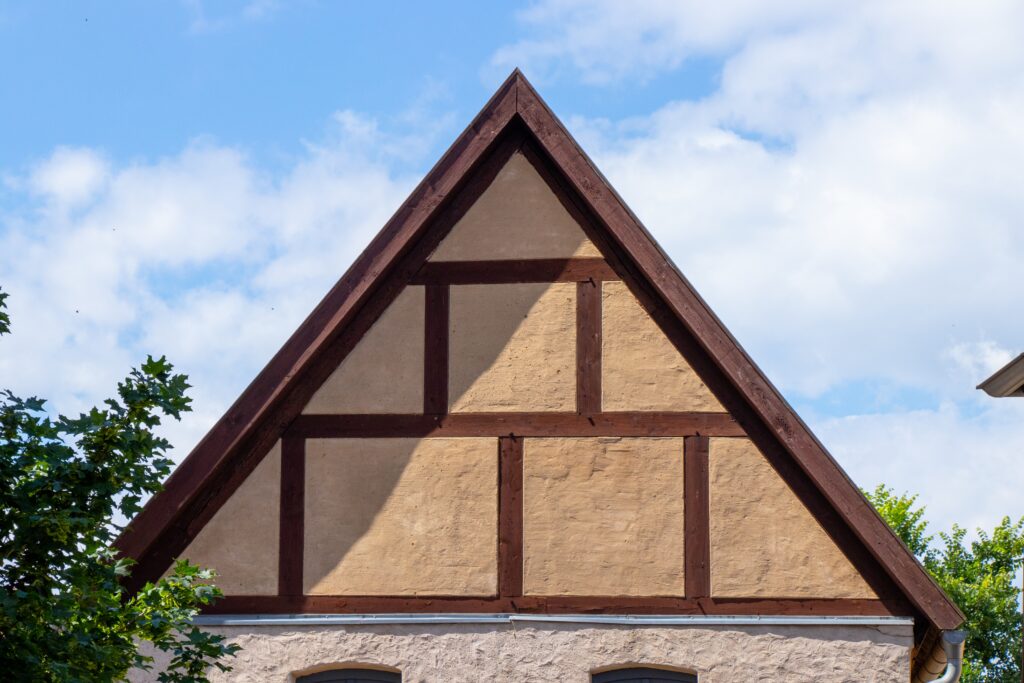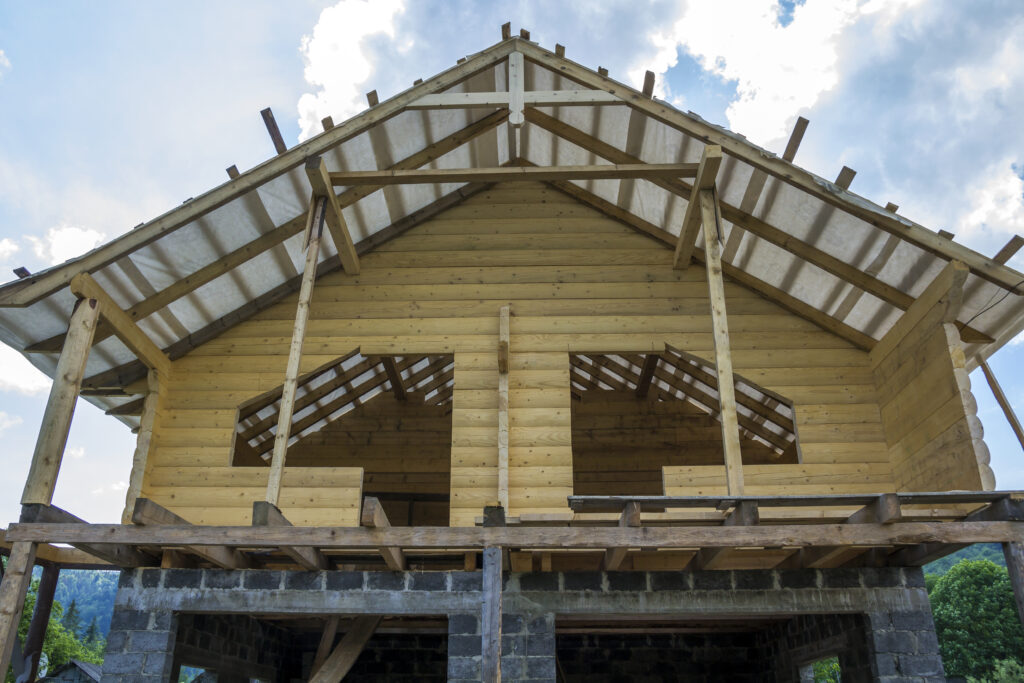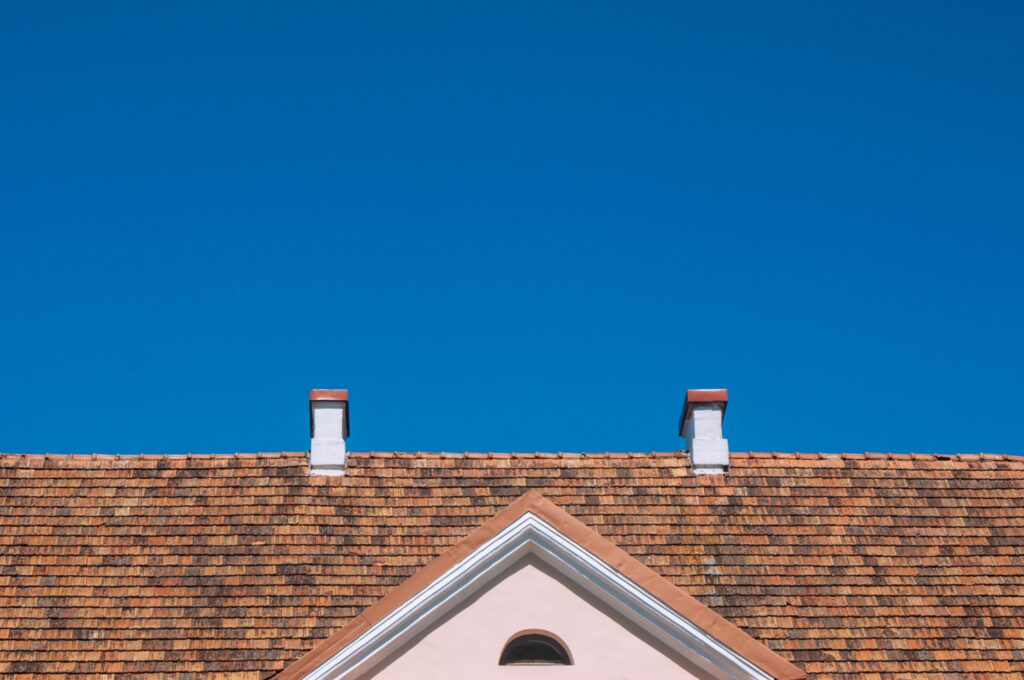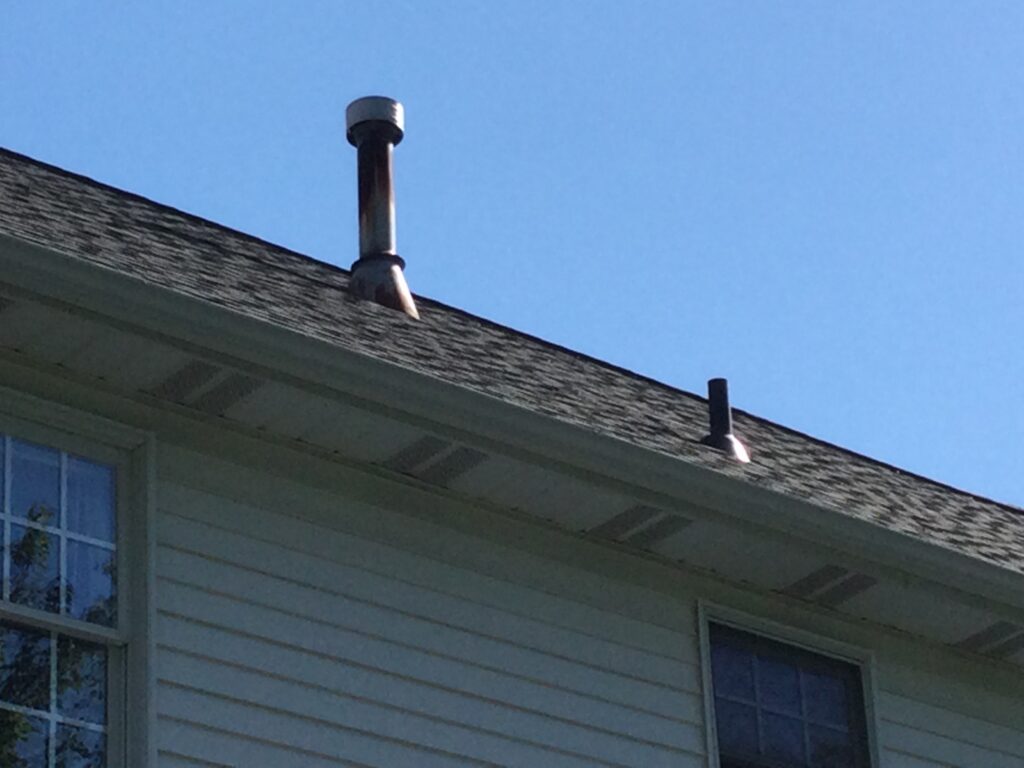A gable roof is one of the most common and recognizable roof designs, known for its distinctive triangular shape. It is formed by two sloping sides that meet at a ridge, creating a peak. This simple yet effective design has been used for centuries in residential and commercial architecture due to its functionality, cost-effectiveness, and aesthetic appeal. Gable roofs are found in many regions worldwide, with variations in style and materials depending on climate, building codes, and homeowner preferences. Understanding the structure, benefits, and potential drawbacks of a gable roof can help property owners make informed decisions about their roofing needs. Let’s go over what is a gable roof.

Structural Design of a Gable Roof
The defining feature of a gable roof is its two sloping sides that come together at a ridge, forming a peak at the top. The triangular portion at each end of the structure, known as the gable, provides additional ventilation and allows for attic space. Gable roofs can be constructed with different pitches, ranging from low to steep, depending on the architectural style and functional requirements.
The basic framework of a gable roof consists of rafters or trusses that support the roof deck. The deck is then covered with underlayment and finished with roofing materials such as asphalt shingles, metal panels, or tiles. Proper bracing and reinforcement are essential, especially in areas prone to strong winds or heavy snow loads, to ensure the stability and longevity of the roof.

Types of Gable Roofs
Several variations of the traditional gable roof exist, each with unique characteristics and advantages. The most common types include the front gable, side gable, cross gable, and Dutch gable.
A front gable roof features the gable end facing the street, often used in colonial and traditional home designs. A side gable, on the other hand, has the gable ends on the sides of the house, making the front entrance appear under the eaves. Cross gable roofs incorporate multiple gable sections intersecting at different angles, commonly seen in larger homes with complex layouts. A Dutch gable combines a standard gable with a hip roof, providing additional attic space and architectural interest.
Each variation offers unique aesthetic and functional benefits, allowing homeowners and builders to customize the design based on specific needs and style preferences.

Benefits of a Gable Roof
One of the primary advantages of a gable roof is its simplicity in design and construction. Because it consists of two sloping sides and a straightforward framework, it is relatively easy and cost-effective to build compared to more complex roof structures. This simplicity also translates to lower maintenance costs, as fewer materials and structural components reduce the risk of long-term issues.
Gable roofs provide excellent water drainage, making them ideal for regions with heavy rainfall or snowfall. The steep slope allows water and snow to run off efficiently, minimizing the risk of leaks, water damage, or structural stress. Properly installed gable roofs can prevent the buildup of moisture-related issues, which can lead to mold growth or roof deterioration.
Another key benefit is the increased attic space and ventilation options. The triangular shape of a gable roof creates a natural attic area, which can be used for storage or converted into living space. Additionally, the gable ends provide an opportunity for vent placement, promoting better airflow and reducing heat buildup in the summer months.
Aesthetically, gable roofs offer a classic and timeless appearance that complements various architectural styles. They can be customized with different materials, overhangs, dormers, or decorative trim to enhance the overall look of a home or building.

Potential Drawbacks of a Gable Roof
While gable roofs offer numerous advantages, they also have potential drawbacks that should be considered, particularly in areas prone to extreme weather conditions. One of the main concerns is wind resistance. The steep, triangular shape of a gable roof can create uplift during high winds or hurricanes, making it vulnerable to damage if not properly constructed. In severe cases, strong winds can cause the gable end to collapse or the roof structure to detach.
To mitigate this risk, reinforcement techniques such as bracing, hurricane straps, and secure anchoring should be implemented during construction. Proper installation and compliance with local building codes are essential to ensure the roof’s durability against harsh weather conditions.
Another potential drawback is susceptibility to maintenance issues if the roof is not installed correctly. Poorly designed gable roofs with insufficient overhangs may lead to water infiltration at the gable ends, causing leaks or damage to the siding. Proper flashing and waterproofing measures can help prevent these issues and extend the roof’s lifespan.

Best Materials for a Gable Roof
Selecting the right roofing materials is crucial for the performance and longevity of a gable roof. Common options include asphalt shingles, metal roofing, clay or concrete tiles, and wood shingles. Each material offers different levels of durability, cost, and aesthetic appeal.
Asphalt shingles are one of the most popular choices due to their affordability, ease of installation, and versatility. They are available in a wide range of colors and styles, making them suitable for various home designs. Metal roofing is another durable option, offering excellent resistance to wind, fire, and extreme weather conditions. It is also energy-efficient, reflecting heat and reducing cooling costs.
Clay or concrete tiles provide a distinctive look and exceptional longevity, often lasting 50 years or more. They are particularly suitable for Mediterranean or Spanish-style homes but require additional structural support due to their weight. Wood shingles or shakes offer a natural and rustic appearance, but they require regular maintenance to prevent issues such as rot or insect infestations.

Maintenance and Longevity of a Gable Roof
Proper maintenance is essential to ensure the long-term performance of a gable roof. Routine inspections should be conducted to check for damaged shingles, leaks, or signs of wear and tear. Clearing debris from the roof and gutters can prevent water buildup and potential damage.
Regular inspections of flashing, ridge vents, and gable ends can help identify any areas that may need repairs. Addressing small issues promptly can prevent more extensive damage and costly repairs in the future.
The lifespan of a gable roof depends on the materials used and the level of maintenance. Asphalt shingles typically last between 20 to 30 years, while metal and tile roofs can last 50 years or more with proper care. Investing in high-quality materials and professional installation can significantly extend the life of a gable roof.
Conclusion
A gable roof is a practical and aesthetically pleasing roofing option that has been widely used in residential and commercial construction for centuries. Its simple design, efficient water drainage, and additional attic space make it a popular choice among homeowners. While gable roofs have potential drawbacks, such as wind vulnerability, proper construction techniques and material selection can enhance their durability.
Understanding the benefits, potential challenges, and maintenance requirements of a gable roof allows homeowners to make informed decisions when designing or replacing their roof. Whether choosing asphalt shingles, metal panels, or clay tiles, ensuring proper installation and regular upkeep will maximize the longevity and performance of a gable roof for years to come. We also inspect gable roofs during our home inspections as well if you are looking for complete peace of mind.